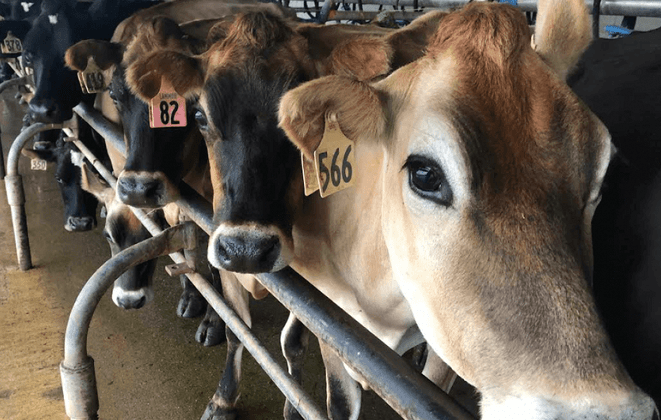Are you using NSAID's to their full potential?
Our cattle are very good at hiding pain. Historically, as a herbivore on the grass plains, it was important to hide their injuries and pain from potential predators. In todays farming systems, this historic stoic behaviour has made it very difficult to identify these sick and injured individuals as they hide it so much better than we do, especially compared to someone with male flu!
So how do we identify pain?
When cattle are in pain they can increase lying down time, eat/ruminate less, have droopy ears, tense facial expressions, increased aggression, or may indicate the location of the pain by limping or looking at their rumen. In times of severe pain they can grind their teeth, make grunting noises, have muscle twitching and/or kick at their stomach. Another way to decide if a cow is in pain is through assuming that if it would be painful for us, it’s likely painful for them.
So how do I decide which pain relief to give?
Good old Key has been around for donkeys years. I think of Key as the panadol of the cattle world. If you would take a panadol for that type of pain, then Key will do the trick.
What about the stronger stuff?
Metacam or Carprofen are stronger pain relief/anti-inflammatories than Key, and they last longer. These pain relief options tend to cover pain for up to 24hrs, and are an anti-inflammatory for up to 3 days. These are great options for post-calving pain, mastitis, severe lameness or wounds.
A third player on the field is Flunixin – a much less known drug, even though it has been around for quite some time. Flunixin is a very potent anti-inflammatory, and although it only last about 12hrs, it is the fastest acting drug available. Flunixin also has anti-toxin properties, making it the first choice for toxic black mastitis and septicemia.
Are there other benefits to using anti-inflammatory pain relief?
In short, yes! Cows given pain relief are more likely to turn themselves around faster. The quicker they are back to eating and behaving normally, the quicker they are back to producing milk. In a trial using Metacam with antibiotics in cows with mastitis, there was a 16% increased cure rate, a decreased need to use extended antibiotic treatment courses, and even better, subsequent increases in reproductive performance. The mastitis cows treated with Metacam in combination with antibiotics had a 10% increase in their conception rates at first service and required less inseminations to conceive.
If you have any questions regarding the use of anti-inflammatory pain relief in your cows, contact your KeyVet for any advice.
- Erin Noonan

